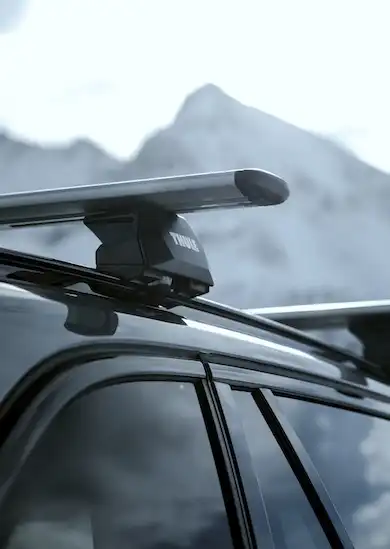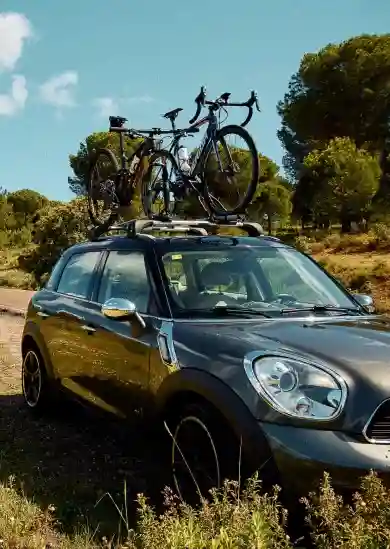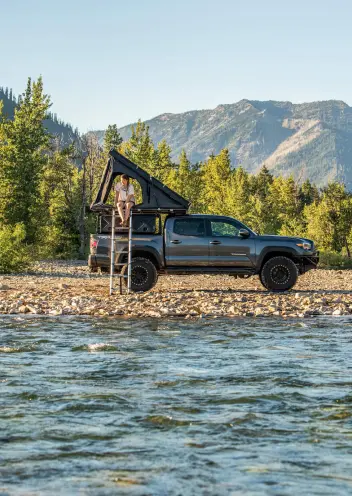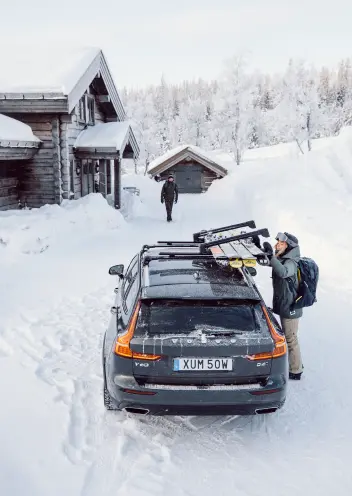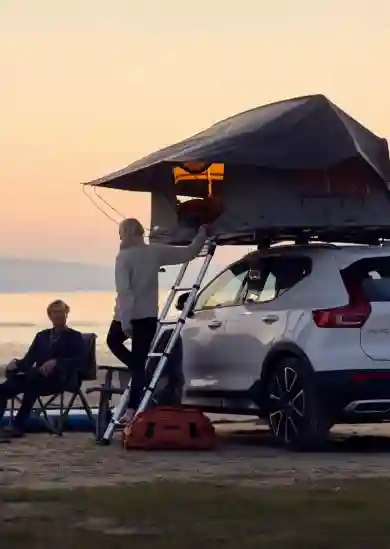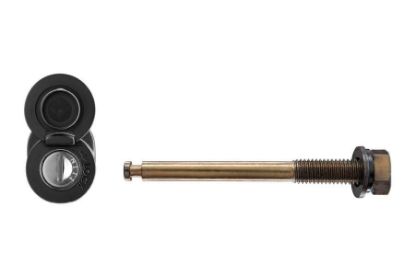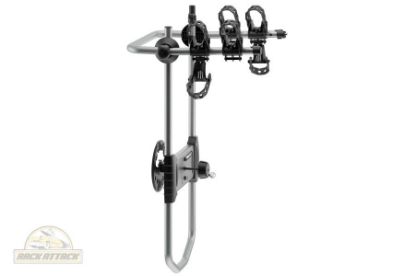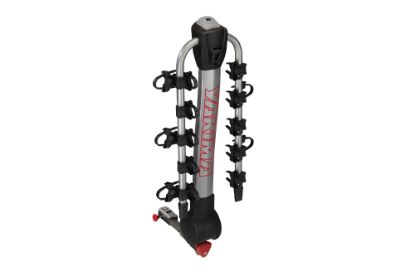March 15, 2020
Rack Attack Team
Bike Rack Buying Basics
Buying a new bike is a fun experience; unfortunately getting yourself a new bike rack can be a little less enjoyable; unless you have read this little guide.
Each spring, cyclists ranging from gravel runners to Cat 3 weekend warriors to bike park rats search dozens of websites and visit countless stores looking for that miraculous new ride that will somehow vault them up the next run in the competitive ladder—to say nothing of winning a beer bet from their friends.
Significantly less time is spent mulling over the purchase of a rack system that will safely transport your prize steed to the trailhead or race. Think of it, if you're driving to another city that's an hour away to get to a trailhead or compete in a crit. Your bike might be sitting on a rack for longer than it's in use.
Bike rack buying can be complicated because of a multitude of factors—you might already own a vehicle whose design won't allow for a lot of options. Or, if you have a young family, your future needs might dictate a different style of rack.
You have to consider things like how many bikes you might carry—and the type of bike. Can the transport system carry fat bikes and fondo frames at the same time? If you have kids, you'll need a system that can accommodate tiny children's frames and larger adult ones. How do you roof or prevent scratches to the surface? Does the carry system have some kind of anti-theft device so that you don't come out after enjoying a post-ride beer to find your Subaru stripped of not just your bike but the rack itself?
Summary: Questions Your Rack Attack Expert Will Need to Know
- What kind of vehicle do you currently drive; is it an SUV, crossover, sedan/hatchback, pick-up truck or RV?
- Does your vehicle have a trailer hitch installed?
- How many bikes—and which types—do you want to carry?
- Do you need rear-vehicle access with the bikes loaded?
- Will more than one household member be using the rack on a semi-regular basis?
- How important is it for you to be able to remove the rack when not in use?
- How often will you use your rack, and might its function change if you, say, go on vacation?
- Do you have any physical limitations when it comes to lifting or loading bikes?
- What’s your current parking situation; on the street, a garage, or a parkade?
- Do you have anything else you want to carry as well?
- What’s your budget?
Avoiding Pain Points: Ten Problems and Their Solutions
PS. If you're not the “do-it-yourself” sort, you can always visit one of our Rack Attack storesand have one of our expert staff walk you through the process!
1) Pedals and frames get tangled together when multiple bikes are loaded.
In the early days of bike racks, this was a constant issue no matter what you rode or how they were being carried. In today's rack technology, this issue is completely mitigated with a platform-style rack and has been greatly reduced with the current generation of hanging racks. But to avoid this completely, we suggest a platform rack like the Thule T2 Pro or Kuat Transfer 3
2) Pedals cause damage by scratching or rubbing against tailgate, trunk or back hatch
All hitch-mounted bike racks are built with enough clearance to squash this issue entirely. The only time this can be a problem is when using a trunk-mounted strap rack. Rack Attack highly suggests only considering a strap rack for infrequent and short trips. There's no other way to say it: they are the least reliable and most likely to damage your car. We highly suggest mounting a trailer hitch to your vehicle and carrying your bikes on that.
We install hitches! If you're near a Rack Attack location, you can book an appointment! If you don't mind crawling under your car we can ship the best hitch directly to you as well.
3) Multiple heavy bikes (think e-bikes) stress the rack and its attachment points.
E-bikes have exploded in popularity recently, and unfortunately, not all bike racks were built to accommodate them. We at Rack Attack have done our due diligence and can assure you that there are plenty of rack options that can handle multiple e-bikes without issue.
4) Locking mechanisms are weak or nonexistent.
Most premium racks offer high-quality, versatile locking systems, but if you have any concerns or want added security, a long chain or cable lock will help keep your bikes safe.
5) Bikes are stolen off the rack while the driver is away from the vehicle.
While you can add additional security measures to your existing rack, certain racks come standard with additional anti-theft features. In these cases, you can keep your bikes safe and focus on the adventure at hand.
6) Wind drag affects driving efficiency.
Roof racks add noticeable wind drag when driving. But the options we carry are engineered with aerodynamics in mind, and with a little careful adjustment and installation, this issue can be minimized.
7) Weather exposure to bikes on a long drive.
Bikes on a rack are exposed to the elements. Some riders use covers, and a little grease on the chains and cassettes will help. Many riders will say a bike is built to be outside and don't worry about it, but if you want your bike to last longer and look great, take care of it! Regular maintenance will ensure your bike is always ready for the road, trail, or track.
8) Bikes bounce and sway while driving.
Hanging racks and platform racks both address this issue differently but effectively. With modern innovations, your bikes will stay secure during transit, no matter where the adventure takes you.
9) Rack obstructs rear view when not in use.
If this is a concern for you, the tilting and swing-away features available on many of our hitch racks allow for clear rear view when the rack is not in use.
10) Different types of bikes need different racks or adjustments to racks.
The platform and hanging racks we carry are versatile and accommodate various bike types. If you have special requirements or are unsure of what you need, visit us or give us a call. We're here to guide you to the perfect solution.
